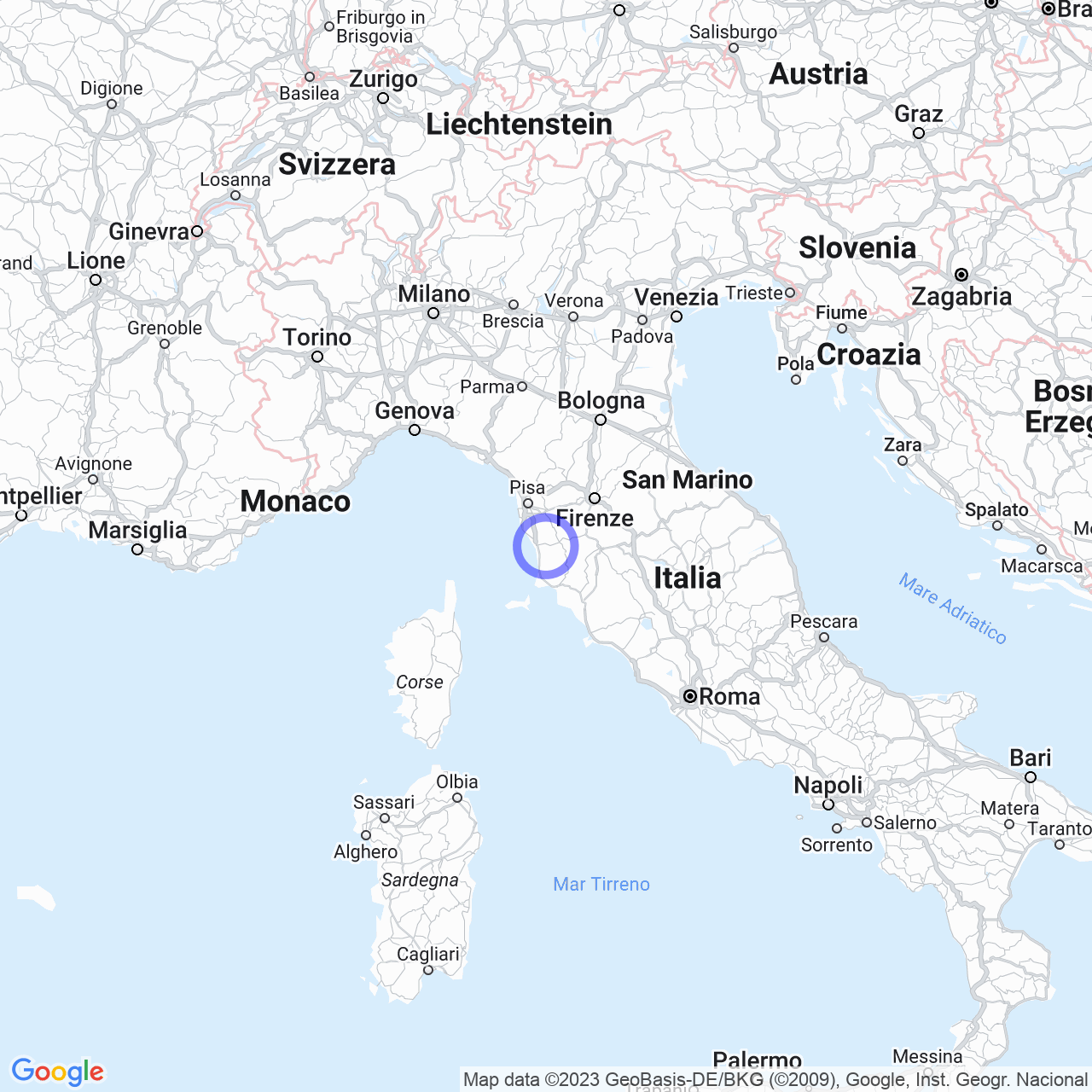Montescudaio
Montescudaio: Among the Most Beautiful Villages in Italy
Hello friends, today I want to tell you about a beautiful municipality in the province of Pisa, Montescudaio, which is located in the Val di Cecina and belongs to the Maremma Pisana. This town has about 2148 inhabitants and stands out for its strategic location just a few kilometers from the sea, being among the most beautiful villages in Italy.
Physical Geography
The municipality is classified as zone 3S with low seismicity and has high atmospheric diffusivity, as indicated by CNR Ibimet in 2002.

History
Montescudaio, whose name originates from the Lombards, is first mentioned in 1091. Scutarius, which could derive from the Latin "maker of shields," is also a historic name of a person from Rome. According to some, the name Montescudaio means "mountain of Skuldhais (Sculdascio)," where "Skuld" means debt and "haitan" means "to call, demand": Montescudaio would therefore be the place where the government official responsible for collecting taxes, resolving minor disputes, and organizing the local garrison resided.
The first historical documents date back to the 11th century when the town housed a castle of the Della Gherardesca family and the Abbey of Santa Maria in Montescudaio. The "Counts of Montescudaio" then gave rise to an autonomous branch of the family and rebelled several times against the Republic of Pisa, which ruled the area. In 1406, when Florence acquired Pisa and its territory, the Counts became vicars in Maremma for Florence and settled in Montescudaio. However, the inhabitants of the village managed to establish themselves as a commune and, thanks to the authorization of Florence, freed themselves from the castle and the Counts.
The municipality lasted until 1648, when the area became a fiefdom of the Ridolfi Marquis of Florence. The fiefdom was reverted to the Crown in 1727, which re-feudalized it to the Ridolfi in 1735. They held it until 1778, together with the Casaglia estate, when the fiefs were abolished. Despite the agrarian reform of 1770, there was a partition of the land between two owners.
Montescudaio suffered damage due to an earthquake in 1846 that greatly destroyed the oldest houses in the castle. Further damage occurred following the earthquake of 1871. In 1927, the town had almost three thousand inhabitants, but after the Second World War, the area experienced a demographic decline due to migration to the new centers of the Livornese Maremma.
Conclusions
Well, friends, I have told you the history of this beautiful Tuscan village: Montescudaio. Among its streets, you can perceive the traces of history, the passage of its inhabitants, of wars, and peace, and recognize the beauty of the surrounding nature. If you are in the area, take a walk through the alleys of Montescudaio and discover what makes this town unique.
